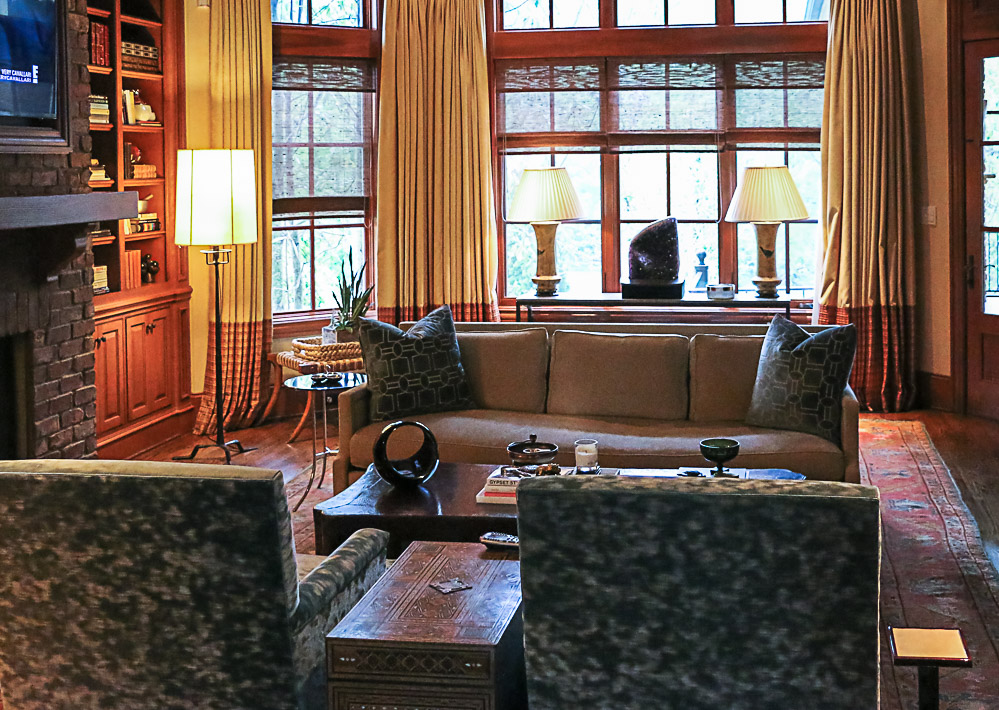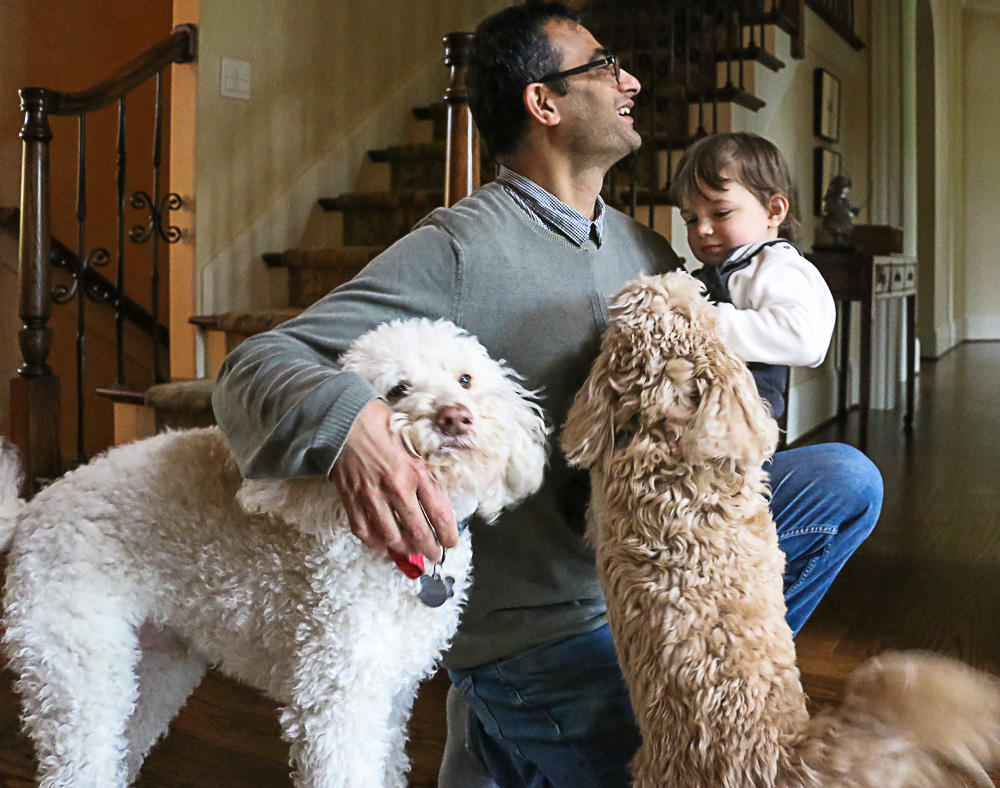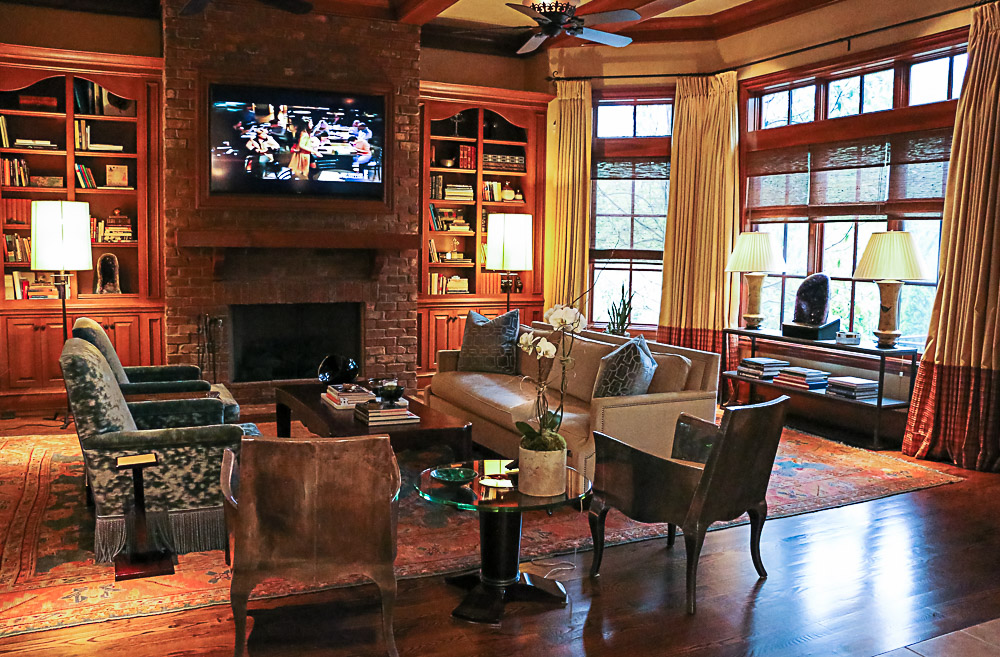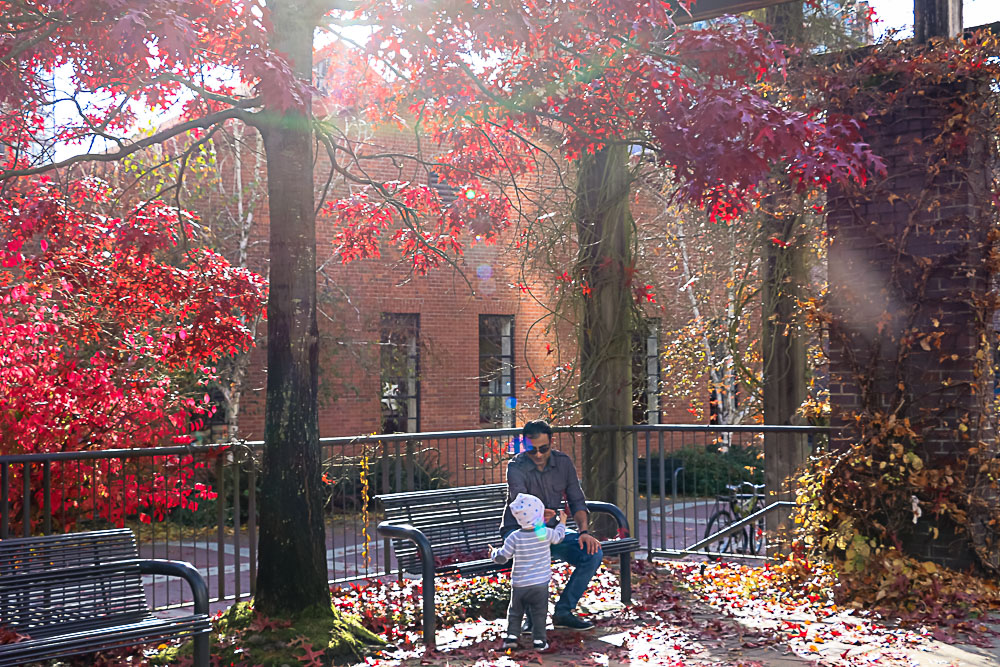
It is not a secret that most of us feel alive and energized during warmer months of the year. But come winter with its gusty winds and freezing temperatures, our moods swing, and any motivation disappears. Danes who endure some of the most severe winters continue to keep their happiness level up with their traditional hygge.
Hygge – Danish Way to Happiness
The Danish word hygge (pronounced “hoo-gah”) has gained popularity around the world, encouraging people to slow down and stay present. This strange-sounding concept implies a feeling of contentment whether you are alone or with your family and friends. Although hygge is often translated as “coziness” and “fun”, the Danes suggest a slightly different explanation of it.
Hygge means creating warm environment and enjoying simple things in life. For outsiders, the popular Danish way to happiness involves lighting tons of candles. Certainly, it has solid reasons considering that Denmark ranks first in the number of burnt candles per person in the world. But with all due respect to this popular practice and beliefs associated with it, hygge incorporates a much deeper meaning.
Each of us practice hygge from time to time without even knowing it. Enjoying a cup of hot cocoa in front of a fireplace on a freezing winter evening is hygge. Having meaningful conversations with your friends or playing scrabbles with the family members is nothing else but an act of practicing hygge.

In other words, this concept embraces all the small, rather than big, things that contribute your satisfaction and well-being. Perhaps, this cultural practice is a secret behind Danish happiness and Denmark’s reputation as one of the most content countries in the world.
History of Hygge
While hygge centers in Denmark, it originated in Norway. To be precise, the word hygge comes from Old Norse term hygga, which translates “comfort”. Some speculate that the Old Norse word hugr that later became hug and means “consciousness”, “mind”, “soul” lies at the origin of the concept.
The Danes might have exercised hygge and the Danish way to happiness for ages. The first mentioning of it in Danish writing, however, dates back to the beginning of the 19th century. This period marks development and broad acceptance of the now popular practice. Needless to say, the Danes have embraced all the aspects of hygge and made it a cultural phenomenon ever since.
With popularity of such books as The Year of Living Danishly and The Little Book of Hygge: Danish Secrets to Happy Living, the rest of Europe and North America also joined the Danes in their pursuit of happiness and well-being.
Happiness at Home
Hygge is not just a popular trend in Denmark, it is the simplest, yet most profound way of being content with your everyday life. The Danes don’t wait for holidays or favors from Mother Nature to enjoy their lives. They create and cherish every moment, every hour that they spend with their loved ones, every movie that they watch together, and every æbleskive that they devour during the Christmas season.
Although hygge is more of a state of mind, the Danes urge you to include the following essentials into your hyggelig.
Candles
According to the Danish population, the candles are a key element of a proper hygge. Every Dane burns on average eight pounds of candles a year. The warm glow of candlelight is especially welcomed in the soul-destroying winter season. However, the Danes don’t restrict their candle burning rituals throughout the year, reaching out for the candle every time they need hyggelig.

Fireplaces
Joy promoting and stress decreasing abilities of the fireplaces go hand in hand with the essence of hygge. For the Danes though, they are also an additional space to apply their passion for all things aesthetic.
Danish Sweets and Hot Drinks
Food or its absence creates different kinds of moods. When we are emotionally tired, we long for comfort food. Fruits and salads give us energy while keeping us light. Any celebration asks for some cakes and pasties. Hygge that is essentially a celebration of life also requires specific food. Thus, any mood uplifting dishes such as homemade sweets and hot drinks are a must for a hyggelig atmosphere.
Throw blankets
Throw blankets, cushions, comfortable sweaters, knitted socks – anything that is comfy and soft is essential for a hygge evening at home.
Focus on Aesthetics
Copying with their long and dark winters, the citizens of Denmark spend a lot of time indoors. Instead of feeling disheartened or discouraged about it, the locals ensure that their homes look cozy and inviting. A typical Danish house is built and designed with hyggelig in mind. According to the Danish experts, aesthetics play a big part in happiness and well-being.
On the other hand, the Danes don’t go crazy about buying many things at once to make their homes look hygge appropriate. Get a few key items and mix and match them with what you have is the best principle to use here. One thing that the Danes never compromise with is an abundance of lamps. Each of them has its specific position that further contributes to the creation of the hygge environment.

Hygge All Year Round
Winter with its cold weather and long evenings seems to be ideal for hygge. While this traditional way to happiness indeed helps survive the coldest part of the year, the Danes never stop practicing hygge. There is space and time for feeling cozy and content with the family and friends in spring, summer, and fall. Whether it is an outdoor concert, family picnic, outdoor movie night, the Danes do it the same way – the hygge way.
Read Next
- Ikigai – the Japanese Secret to Well-Being
- Wabi Sabi – 8 Japanese Secrets for Living Perfectly Imperfect Life